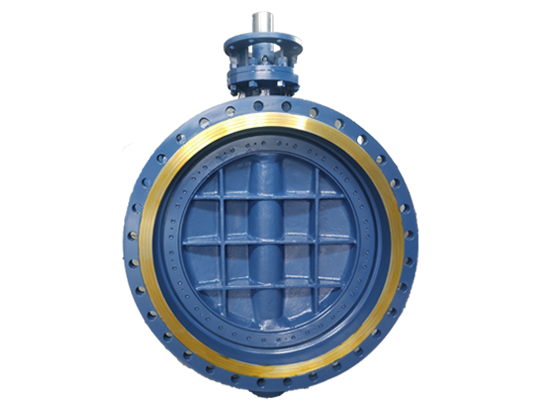- English
- Español
- Português
- русский
- Français
- 日本語
- Deutsch
- tiếng Việt
- Italiano
- Nederlands
- ภาษาไทย
- Polski
- 한국어
- Svenska
- magyar
- Malay
- বাংলা ভাষার
- Dansk
- Suomi
- हिन्दी
- Pilipino
- Türkçe
- Gaeilge
- العربية
- Indonesia
- Norsk
- تمل
- český
- ελληνικά
- український
- Javanese
- فارسی
- தமிழ்
- తెలుగు
- नेपाली
- Burmese
- български
- ລາວ
- Latine
- Қазақша
- Euskal
- Azərbaycan
- Slovenský jazyk
- Македонски
- Lietuvos
- Eesti Keel
- Română
- Slovenski
- मराठी
- Srpski језик
What is the structure and characteristics of a butterfly valve?
2024-07-08
Butterfly valve structure: mainly composed of valve body, valve stem, butterfly plate, and sealing ring. The valve body is cylindrical in shape, with a short axial length and a built-in butterfly plate.
Butterfly valve features:
1. Butterfly valves have the characteristics of simple structure, small volume, light weight, low material consumption, small installation size, fast switching, 90 ° reciprocating rotation, and small driving torque. They are used to cut off, connect, and regulate the medium in pipelines, and have good fluid control characteristics and closing sealing performance.
2. Butterfly valves can transport mud and store the least amount of liquid at the pipeline outlet. Under low pressure, good sealing can be achieved. Good tuning performance.
3. The streamlined design of the butterfly plate reduces the loss of fluid resistance, making it an energy-saving product.
4. The valve stem is a through rod structure, which has undergone quenching and tempering treatment, and has good comprehensive mechanical properties, corrosion resistance, and scratch resistance. When the butterfly valve is opened and closed, the valve stem only rotates without lifting, and the packing of the valve stem is not easily damaged, ensuring reliable sealing. Fixed with the conical pin of the butterfly plate, the extended end is designed with an anti impact type to prevent the valve stem from accidentally breaking at the connection between the valve stem and the butterfly plate.
5. The connection methods include flange connection, clamp connection, butt welding connection, and lug clamp connection.The driving forms include manual, worm gear transmission, electric, pneumatic, hydraulic, electro-hydraulic linkage and other execution mechanisms, which can achieve remote control and automated operation.





